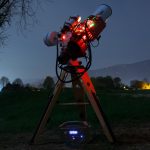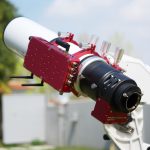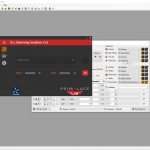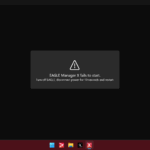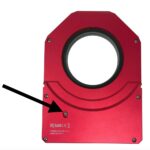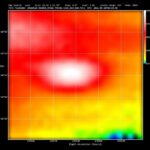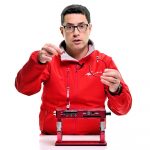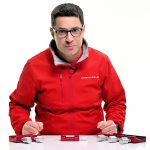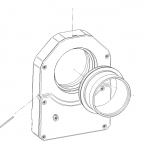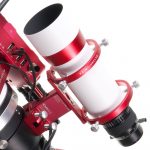
How to use the ECCO to support a compact guide telescope
ECCO is the Environmental Computerized Controller for the EAGLE that can be used also to support a compact guide telescope, by adding the “Guide scope support for ECCO” (ECCOSUP) or the “Guide rings support plate for ECCO” (ECCOSUP-PL). Since the ECCO can be installed on a standard Vixen type finder…

